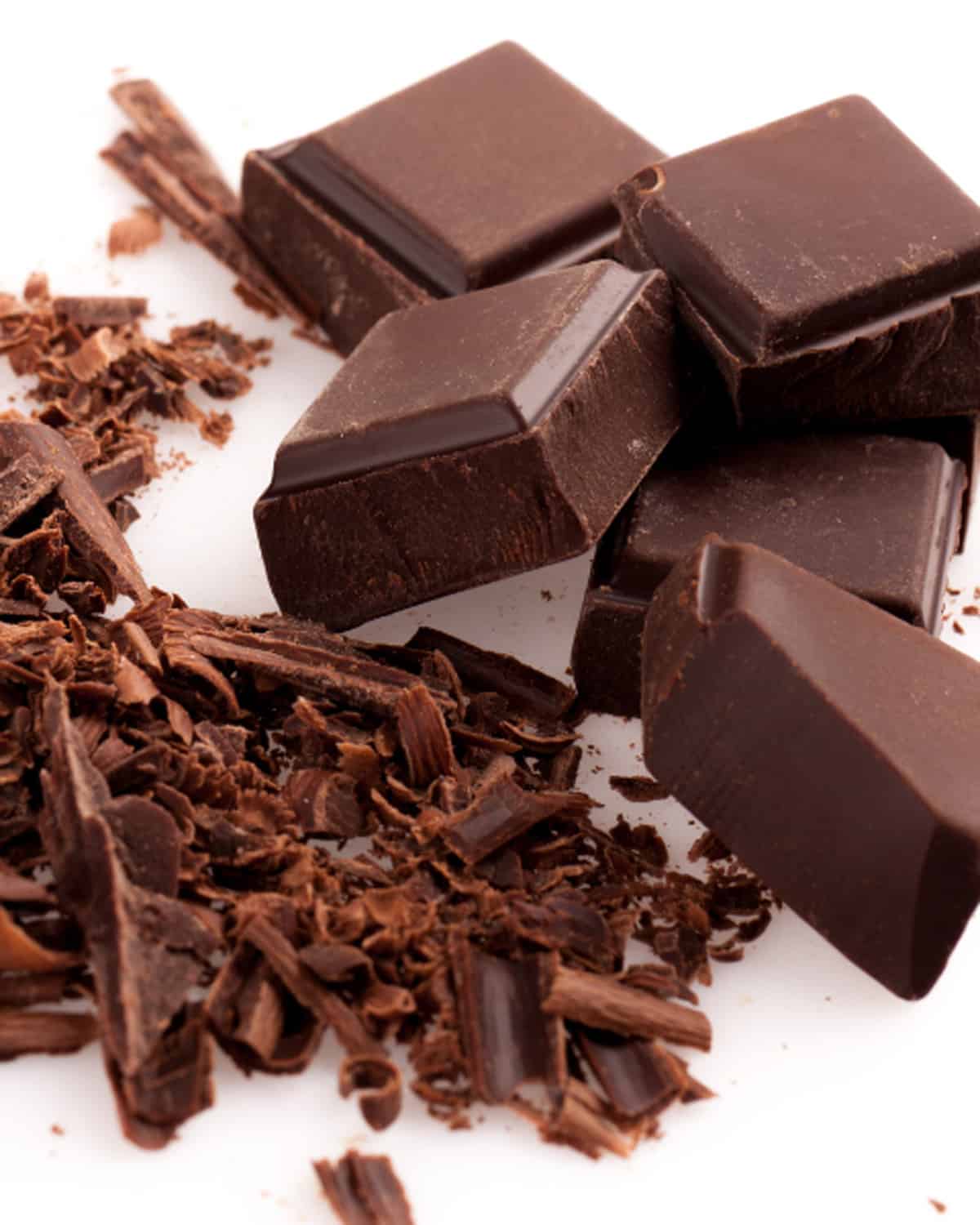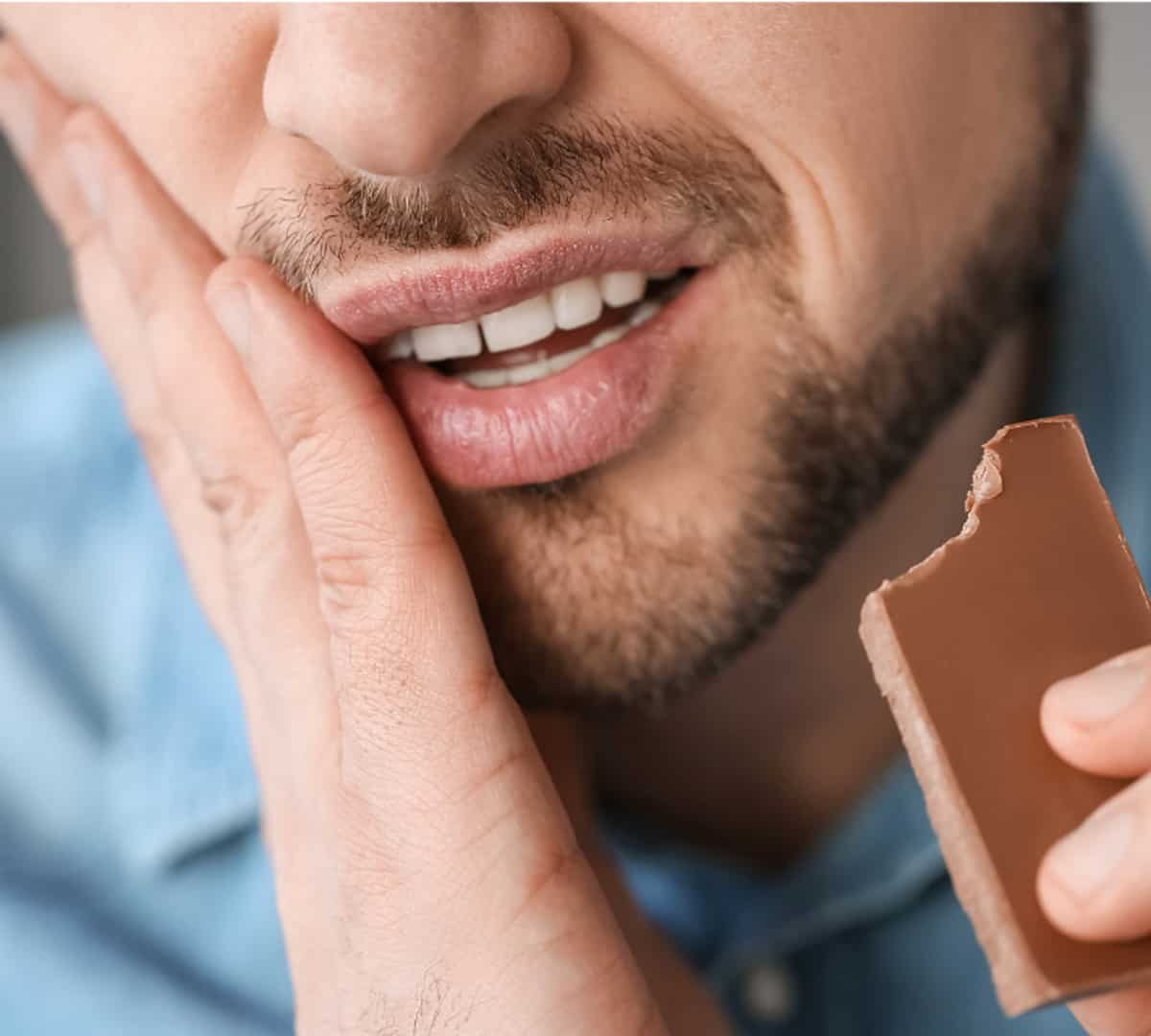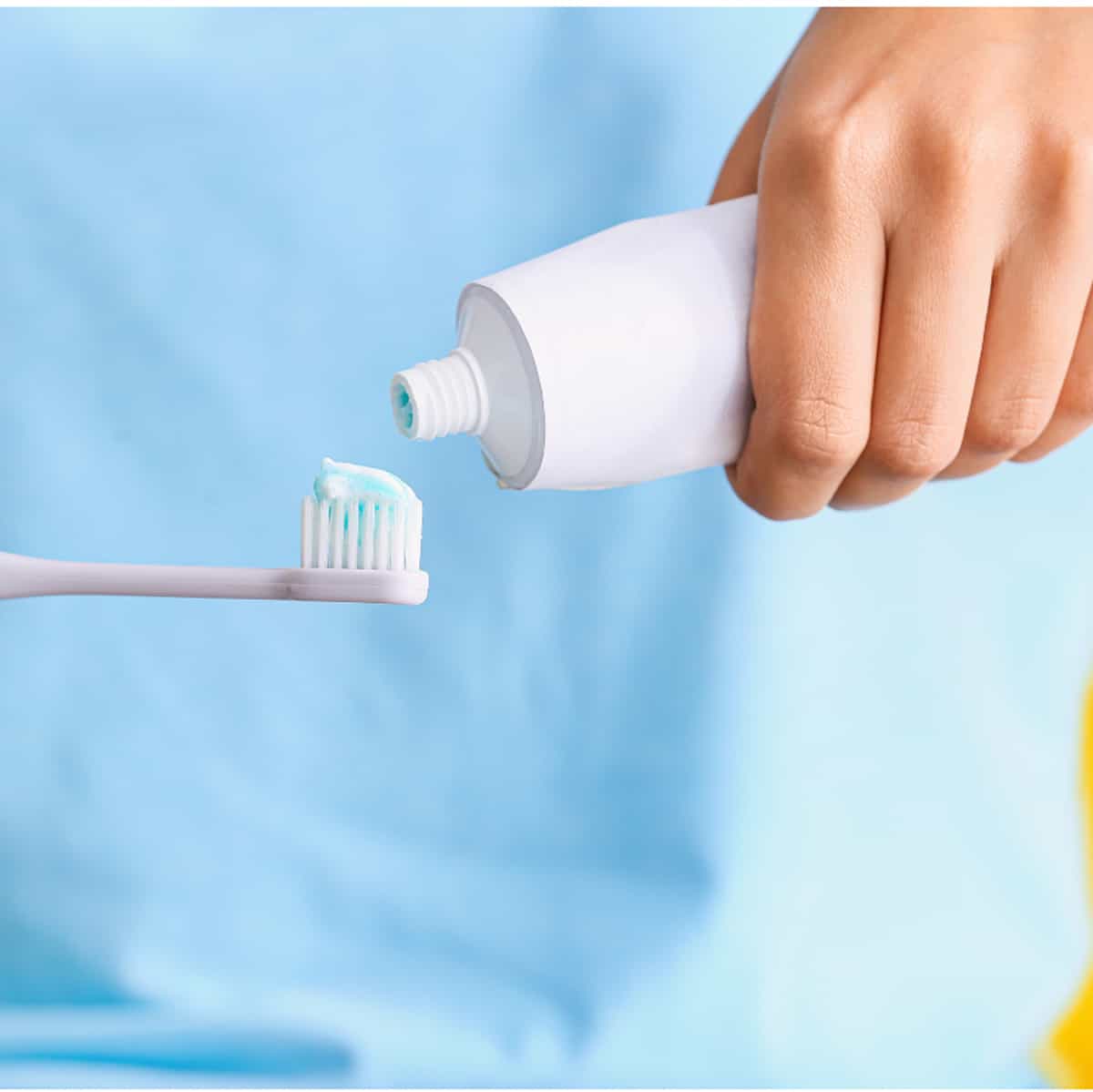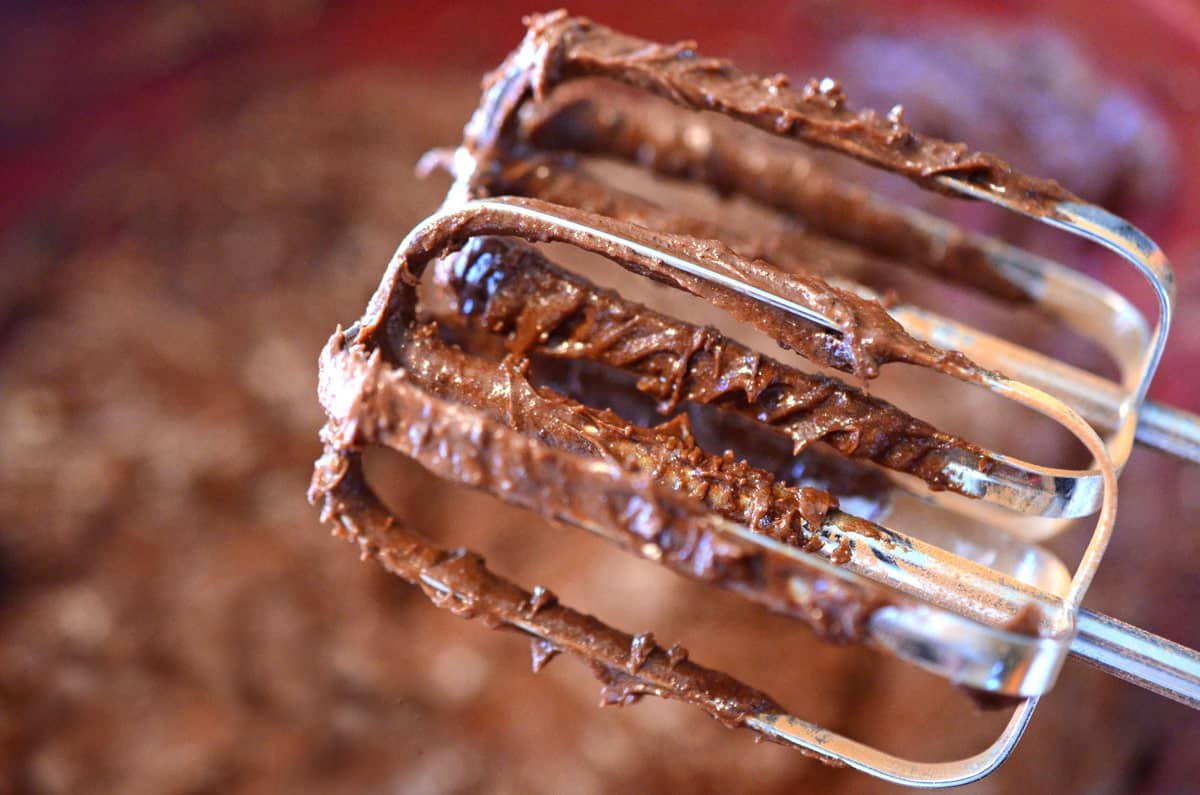Why Does Chocolate Hurt My Teeth?
on Mar 09, 2024
This post may contain affiliate links. Please read our disclosure policy.
If you’ve ever wondered, “Why does chocolate hurt my teeth?” you’re not alone. Let’s take a closer look at the relationship between chocolate consumption and dental health, uncovering the causes of this discomfort and how you can enjoy your beloved chocolates without the pain.

For many chocolate lovers, indulging in their favorite sweet treats is a joyous occasion. However, for some, this joy is overshadowed by tooth pain and sensitivity. This food and cooking tip is meant to make your life more enjoyable, especially if you are a chocolate lover like me!
Table of Contents
- The Impact of Chocolate on Dental Health
- Sugary Foods and Tooth Enamel
- Sticky Chocolates and Dental Problems
- Temperature Sensitivity and Tooth Pain
- How to Enjoy Chocolate Without the Pain
- Opt for Dark Chocolate
- Practice Good Oral Hygiene
- Limit Your Sugar Intake
- Use Sensitivity Toothpastes and Fluoride Treatments
- Visit Your Dentist Regularly
The Impact of Chocolate on Dental Health
Chocolate, with its allure for those with a sweet tooth, can be both a delight and a concern for dental health. There is some good science behind why chocolate hurts your teeth!
The high sugar content in many chocolate treats is the primary culprit behind dental problems, including the loss of enamel and damage to gum tissue.
However, not all chocolate is bad news; dark chocolate counterparts, with less sugar and more health benefits, offer a better option for indulging responsibly.
Consuming too much sugary food and drinks, including certain fruit juices and chocolate with much sugar, can lead to small holes in dental enamel, signaling the start of a dental problem.

To help lessen these risks, adopting habits such as drinking water to rinse away sugar, chewing sugar-free gum to increase saliva flow, and using sensitive toothpaste designed for sugar sensitivity can help maintain good oral health.
As a general rule, moderation in consuming sweet treats, alongside good oral hygiene practices, can prevent the adverse effects of chocolate on teeth without completely sacrificing the pleasure of satisfying a chocolate craving.
Sugary Foods and Tooth Enamel
Chocolate, especially types like milk chocolate and white chocolate, is high in sugar. Sugary foods can lead to dental issues such as cavities and gum disease because sugar feeds the harmful bacteria in your mouth. These bacteria produce acids that can erode the protective layer of your teeth, known as tooth enamel, leading to tooth pain and sensitivity.
Sticky Chocolates and Dental Problems
Sticky chocolates cling to the enamel of your teeth, creating a sugary residue that is hard to remove. This residue can lead to a buildup of plaque, a sticky film that can cause gum disease, bad breath, and tooth loss.
Moreover, the fermentable carbohydrates in chocolate can exacerbate these dental problems, as they provide food for bad bacteria, leading to acid production that harms your teeth.
Temperature Sensitivity and Tooth Pain
Chocolate bars, hot foods like chocolate milk, and cold treats such as ice cream can trigger teeth sensitivity. This is because sudden temperature changes can cause the soft dentin layer beneath your tooth enamel to expand and contract, leading to tooth pain.
This condition, known as dentin hypersensitivity, is a common cause of tooth sensitivity.
How to Enjoy Chocolate Without the Pain
Enjoying chocolate without succumbing to tooth pain involves a few key strategies focused on moderation and dental care.
Opting for dark chocolate over its high-sugar counterparts can significantly reduce the amount of sugar impacting your teeth, thanks to its lower sugar content and health benefits.
Practicing good oral hygiene, such as regular brushing and flossing, helps remove sugary residues that cause dental issues. Incorporating habits like drinking water after indulging in chocolate treats aids in washing away potentially harmful sugars and acids.
Additionally, using products designed for sensitive teeth, such as sensitive toothpaste, can help manage sugar sensitivity and protect against cold temperatures. For those particularly concerned about dental health, choosing sugar-free gum can stimulate saliva production, helping to naturally cleanse the mouth and strengthen dental enamel.
By following these guidelines, chocolate lovers can continue to enjoy their favorite indulgences while maintaining good oral health and avoiding the discomfort of tooth pain.
Opt for Dark Chocolate
Dark chocolate is a better choice for those with sensitive teeth or those concerned about their dental health. Unlike its milk or white chocolate counterparts, dark chocolate often contains less sugar and higher levels of antioxidants, which can have a positive effect on your overall health, including heart health. Its higher cocoa content means it’s less likely to cause tooth decay compared to chocolates with a higher sugar content.
Practice Good Oral Hygiene
Maintaining proper oral hygiene is crucial for preventing dental issues related to chocolate consumption. Regular brushing with fluoride toothpaste, flossing, and using mouthwash can go a long way in removing sugary residues and preventing plaque buildup.
Additionally, fluoride treatments at the dental clinic can help strengthen your tooth enamel, reducing the risk of decay and sensitivity.
Limit Your Sugar Intake
To protect your dental health, it’s essential to monitor your eating habits and limit your intake of sugary treats and acidic foods.
Opting for small amounts of chocolate and choosing sweet foods with less sugar can help reduce the risk of tooth decay, enamel erosion, and gum recession. Drinking water after eating chocolate helps wash away sugar and food particles, minimizing their harmful effects.
Use Sensitivity Toothpastes and Fluoride Treatments
For those already experiencing teeth sensitivity, using sensitivity toothpastes containing potassium nitrate can help. These toothpastes block the pathways that lead to the nerve of the tooth, reducing pain from temperature changes.

Regular fluoride treatments can also help rebuild the enamel of your teeth, providing a protective barrier against sensitivity.
Visit Your Dentist Regularly
Regular check-ups at your dental clinic can help catch small cavities and signs of enamel erosion before they develop into more significant problems like gum disease or the need for root canal treatment.
Your dentist can also recommend the best treatment options for your specific dental concerns, including dental fillings, dental implants, or periodontal disease management.

Chocolate doesn’t have to be the enemy of healthy teeth. By choosing types of chocolate with higher cocoa content and practicing good oral hygiene, chocolate lovers can enjoy their favorite sweet treats without compromising their dental health.
Remember, moderation is key, and taking care of your teeth can ensure you enjoy chocolate for a longer period of time without the discomfort of tooth pain.
⏩ Stay in touch with us on social media by following us on Facebook, Pinterest, Instagram, and YouTube











